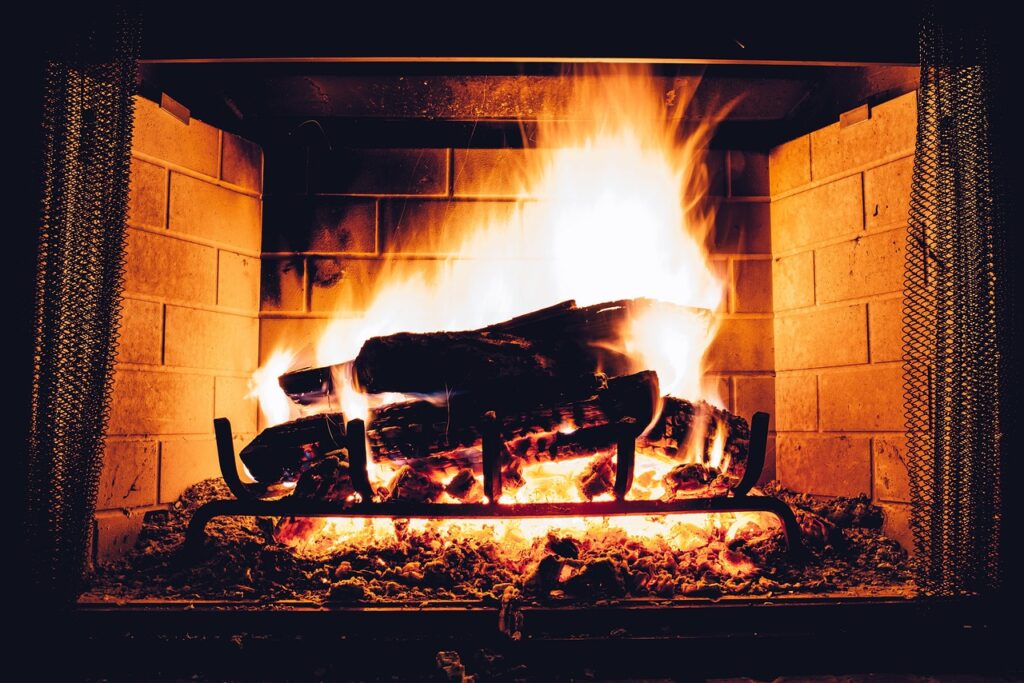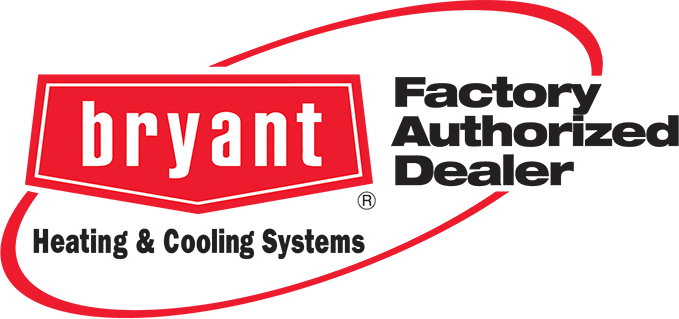
Imagine ending a hectic day by relaxing in front of a cozy fireplace; you finally get to sit down and open up your favourite book or turn on your TV and watch your favourite show. Well, if you don’t take your fireplace maintenance seriously, those plans might be thrown out the window.
A fireplace makes your home warm and inviting, plus it helps offset your heating costs. Come resale time, a fireplace is one of the best investments you can make in your home – they are second only to kitchens in terms of cost recoupment. However, you need to make sure your fireplace is properly maintained.
In this blog, we will review three types of fireplaces: gas stoves, inserts, and direct vent fireplaces. We will explain what they are, their advantages, and maintenance tips for each. For further details, you can find a FAQ section at the end.
Click on each corresponding link to jump ahead:
Fireplace Maintenance
1. Gas Stove Fireplaces
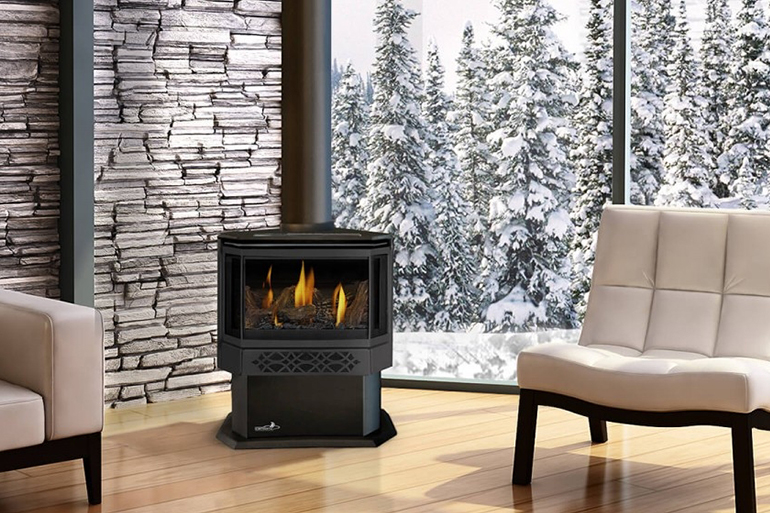
A gas stove fireplace, also known as a gas stove heater or gas heating stove, is a freestanding appliance that simulates the appearance and warmth of a traditional wood-burning fireplace, but operates on natural gas or propane.
These units are designed to provide efficient and convenient heating for homes, while also offering the aesthetic charm of a traditional wood burning fireplace.
Here are some advantages of a gas stove fireplace:
A) Advantages of Gas Stove Fireplaces
- Efficiency: Gas stove fireplaces are highly efficient, with most models boasting energy efficiency ratings between 30 and 70 percent. This means that a significant portion of the heat generated is effectively transferred into your living space, reducing heat loss.
- Convenience: They are easy to use and control. You can turn them on and off with the flip of a switch or a remote control, providing instant and consistent heat without the hassle of lighting and maintaining a wood fire.
- Aesthetics: Gas stove fireplaces come in various designs, including traditional and contemporary styles. They offer a realistic flame pattern and the ambiance of a traditional wood stove, making them a beautiful addition to any room.
- Zoned Heating: You can use gas stove fireplaces to provide heat to specific areas or rooms in your home, allowing you to customize the temperature to suit your needs. This can help reduce overall heating costs.
- No Wood or Ash Cleanup: Since they don’t burn wood, there’s no need to deal with wood procurement, ash cleanup, or the maintenance associated with wood-burning stoves.
- Venting Options: Gas stove fireplaces typically require a venting system, but they offer more flexibility than traditional wood-burning stoves in terms of venting placement, allowing for a variety of installation options.
Now, let’s take a look at some maintenance tips.
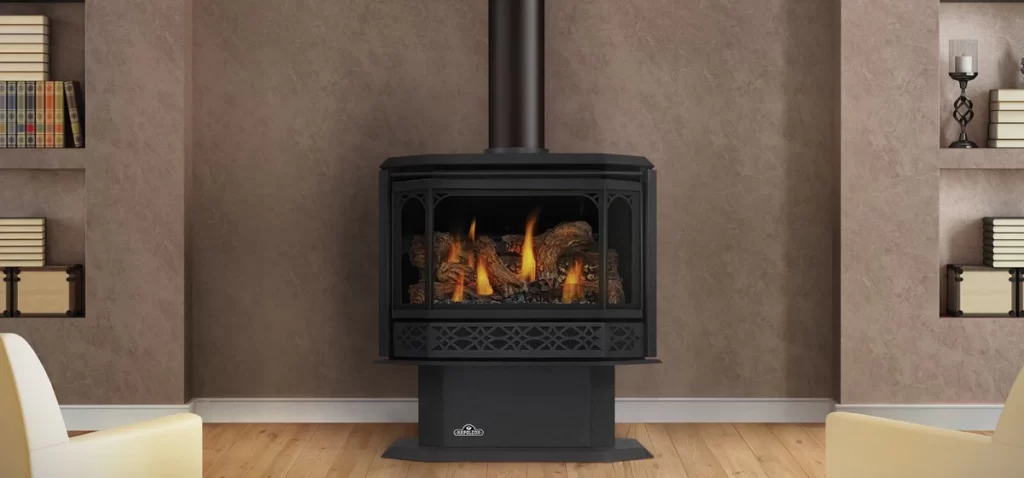
If you own a continental gas stove fireplace, read your owners manual to learn more about fireplace maintenance for your model.
B) Gas Stove Fireplace Maintenance
- Read the Manual: Always start by reading the manufacturer’s manual for your specific gas stove fireplace. This will provide detailed instructions for maintenance and safety precautions.
- Clean the Glass: Keep the glass front clean and free of soot and residue. Use a non-abrasive glass cleaner and a soft cloth. Clean the glass when the fireplace is cool to the touch.
- Inspect and Clean the Burner and Logs: Periodically check the burner and logs for dust and debris. Remove any buildup to maintain a realistic flame pattern. Follow the manufacturer’s instructions for cleaning.
- Check for Gas Leaks: Inspect gas connections for any signs of leaks. If you suspect a leak, turn off the gas supply and contact your local HVAC technician for repairs.
- Vent and Exhaust System Maintenance: Ensure that the venting system is clear of obstructions and functioning properly. This may require professional inspection and cleaning, especially if you notice reduced efficiency or unusual odours.
- Replace Batteries: If your gas stove fireplace uses a remote control or thermostat with batteries, replace them as needed to ensure proper operation.
- Annual Professional Inspection: Schedule an annual inspection and maintenance service with a qualified local technician to address any potential issues and ensure the safe and efficient operation of your gas stove fireplace.
Regular maintenance not only ensures the longevity and safety of your gas stove fireplace but also helps maintain its aesthetic appeal and heating efficiency. It’s essential to follow the manufacturer’s guidelines and, when in doubt, consult a professional technician for expert assistance.
We will now examine a second type of fireplace, gas inserts.
2. Gas Insert Fireplaces
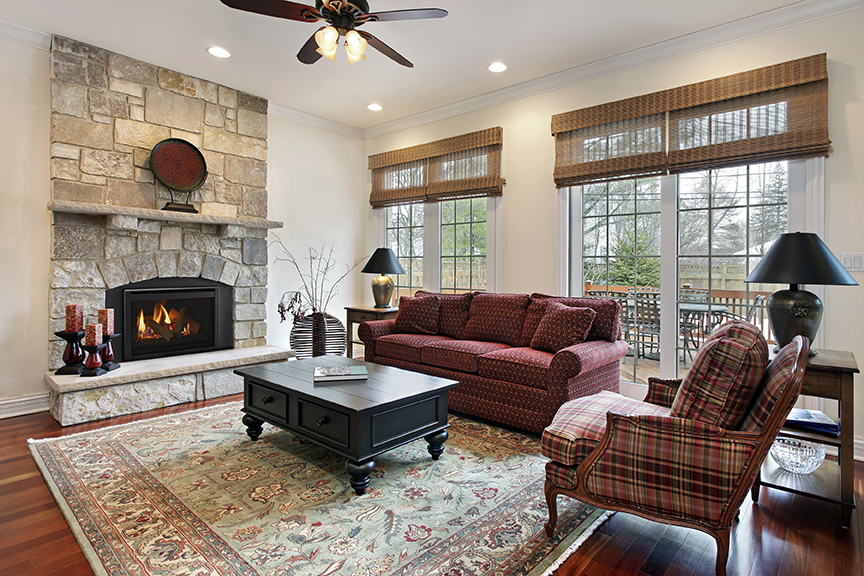
A gas insert fireplace is a type of fireplace that is designed to be inserted into an existing wood-burning fireplace or installed as a standalone unit. It uses natural gas or propane to create a fire, providing both warmth and ambiance without the need for traditional wood logs.
Here are some advantages of gas insert fireplaces.
A) Advantages of Gas Insert Fireplaces
- Convenience: Gas inserts are incredibly easy to use. You can start and adjust the flames with the push of a button or the turn of a knob, making them a convenient choice for heating.
- Efficiency: Gas inserts are highly efficient and can provide more heat output compared to traditional wood-burning fireplaces. They are equipped with blowers and fans that help distribute heat evenly throughout the room.
- Clean and Low-Maintenance: Gas inserts produce minimal ash, smoke, or creosote, making them much cleaner than wood-burning fireplaces. You won’t need to worry about cleaning up ashes or handling firewood.
- Safety: Gas inserts are equipped with safety features, such as glass doors and screens, which prevent sparks and embers from escaping. They also have built-in shut-off mechanisms in case of gas leaks.
- Remote Control: Many gas inserts come with remote controls or can be integrated into home automation systems, allowing you to adjust the flame height and heat output from the comfort of your chair or couch.
- Realistic Flames: Modern gas inserts offer realistic flame patterns and can even simulate the appearance of burning logs, providing the ambiance of a traditional fireplace.
- Energy Efficiency: Gas inserts often have high energy efficiency ratings, which can help reduce heating costs while providing an attractive and functional source of warmth.
If you are considering purchasing a gas insert fireplace, you must also have a good understanding of their maintenance requirements.

Take fireplace maintenance seriously by cleaning your logs and embers.
B) Gas Insert Fireplace Maintenance
- Regular Cleaning: Clean the glass regularly to remove any soot or residue. You can use specialized fireplace glass cleaners for this purpose.
- Inspect the Burner and Ignition System: Periodically check the burner and ignition system for any signs of damage or wear. If you notice any issues, have them serviced by a local technician.
- Clean the Logs and Embers: If your gas insert has artificial logs and embers, clean them according to the manufacturer’s instructions. Dust and debris can accumulate over time.
- Schedule Annual Inspections: It’s a good idea to have an annual inspection and maintenance check by a qualified local technician to ensure the safe and efficient operation of your gas insert fireplace.
- Test Safety Features: Regularly test the safety features, such as the shut-off mechanism and the door/screen latches, to make sure they are functioning correctly.
- Check for Gas Leaks: If you ever smell gas near the fireplace, turn it off immediately, open windows, and leave the area. Contact a professional to inspect for gas leaks.
By following these maintenance tips, you can enjoy the benefits of a gas insert fireplace while ensuring its safety and longevity.
Now, let’s take a look at direct vent fireplaces.
3. Direct Vent Fireplaces
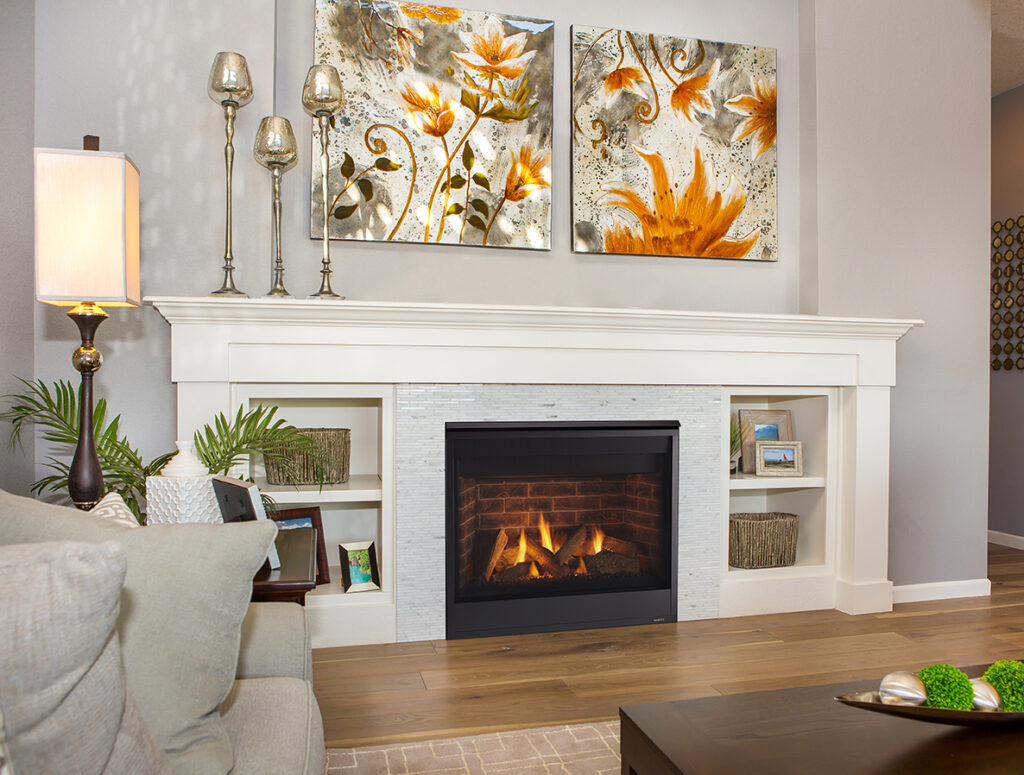
A direct vent fireplace is a type of gas fireplace that is designed to be highly efficient and safe. It is a sealed combustion system that draws air from the outside and expels combustion byproducts directly outside.
Here are some of the advantages of direct vent fireplaces.
A) Advantages of Direct Vent Fireplaces
- High Efficiency: Direct vent fireplaces are extremely efficient because they don’t use indoor air for combustion. Instead, they draw in outdoor air for combustion and expel exhaust gases directly outside. This minimizes heat loss and maximizes heating efficiency.
- Safe Operation: Since direct vent fireplaces are sealed combustion systems, they are very safe to use. They do not release indoor air pollutants or fumes into your home, making them a healthier option for indoor air quality.
- Flexible Installation: These fireplaces can be installed in various locations within a home, including bedrooms, bathrooms, and basements, as they do not require a traditional chimney. Venting can be routed horizontally through an exterior wall or vertically through the roof.
- Realistic Flames: Direct vent fireplaces often feature realistic flame patterns and attractive aesthetics, providing the ambiance of a traditional wood-burning fireplace without the associated hassles.
- Zoned Heating: Many direct vent fireplaces have the option to zone heat, allowing you to control which areas of your home receive warmth, helping to reduce heating costs.
We will now take a look at how to maintain direct vent fireplaces.
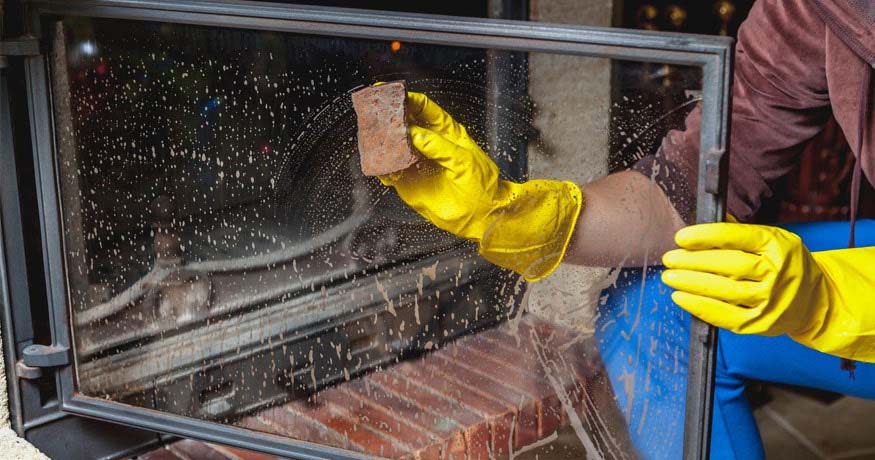
Fireplace maintenance entails regular cleaning and testing.
B) Direct Vent Fireplace Maintenance
- Regular Cleaning: Clean the glass and interior components of the fireplace as needed. Use a non-abrasive glass cleaner for the glass and a soft brush or vacuum cleaner to remove dust and debris from the interior components.
- Inspect the Venting System: Check the venting system for any obstructions, such as bird nests or debris. Ensure that the exterior vent cap is clear and free from blockages.
- Test Safety Features: Periodically test the safety features of the fireplace, including the pilot light, ignition system, and any safety sensors. If you notice any irregularities, contact your local technician for a service.
- Schedule Professional Inspections: It’s a good idea to have an annual inspection and maintenance check by your local technicians to ensure the safe and efficient operation of your direct vent fireplace.
- Keep the Surrounding Area Clear: Ensure that there are no flammable materials or objects near the fireplace, and maintain a safe clearance around the unit.
- Monitor the Gas Supply: Check for gas leaks regularly. If you ever smell gas near the fireplace, turn it off immediately, open windows, and leave the area.
If you have any questions regarding any of the three fireplaces we covered above, contact us directly.
Fireplace Maintenance FAQ
Are Gas Fireplaces Safe?
Yes. All gas fireplaces are equipped with safety features such as 100% fail-safe shut-off valve. If the pilot flame goes out, the gas flow will automatically turn off. In addition, all models must meet strict safety certification requirements.
How Often Do I Have to Clean/Inspect My Gas Fireplace?
Although the frequency of your fireplace maintenance will depend on use, you should have a licensed technician perform an appliance check-up at the beginning of every fireplace heating season.
Gas fireplace manufacturers recommend an annual safety inspection and cleaning. This is because dust, dirt, and spiders can clog up the offices and burner ports of your gas fireplace causing the unit to burn inefficiently or, worse yet, not at all.
Loose or dirty wire connections also affect the operation of the unit. Gaskets wear out and can allow carbon monoxide to be dispersed into your home. An annual safety inspection, cleaning and adjustment of your gas fireplace will correct and prevent these problems.
What Glass Cleaners Do I Use?
You should use cleaners specifically made for fireplace glass. Using a glass cleaner not recommended for fireplace glass could cause “rainbowing”. Do not use harsh chemicals, like Windex, oven cleaners or scouring pads as these can scratch and damage the glass. Remember, read the fireplace manual for proper cleaning instructions.
Also, consider the following image for a complete fireplace maintenance inspection checklist:
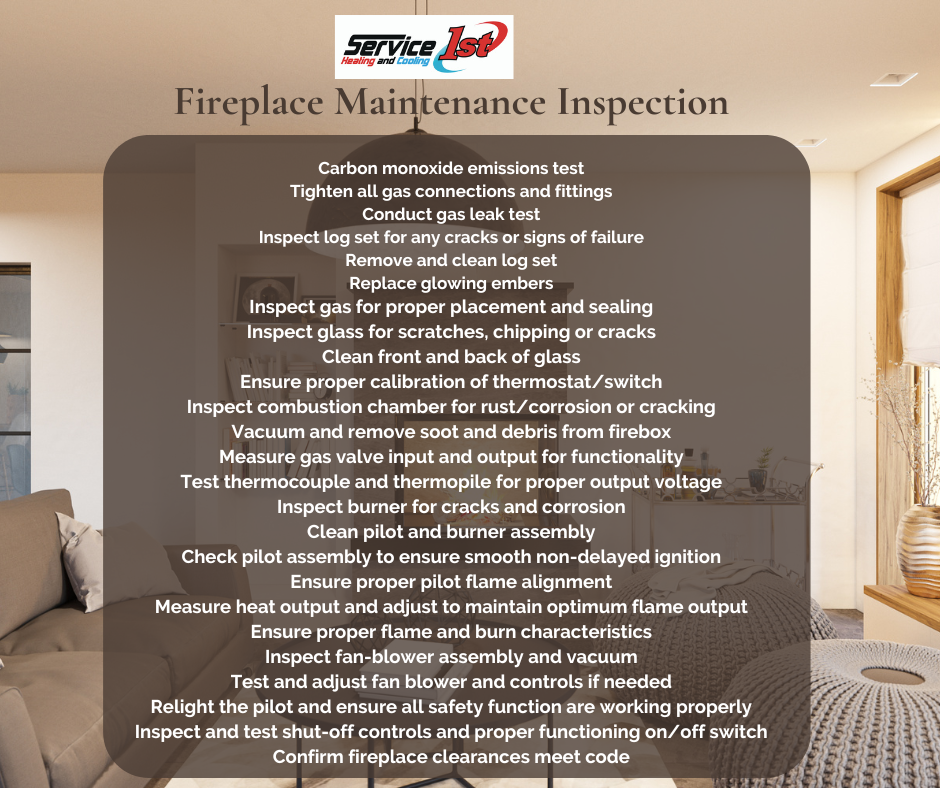
Rely on S1, Your Local HVAC Professionals.


If you are exploring different types of fireplaces and fireplace maintenance, contact us directly. You can rely on our experience and expertise at Service 1st. When it comes to fireplace maintenance, we provide emergency services, maintenance plans, and more!
We have been serving homeowners in Cambridge and the surrounding areas for over 30 years and have a proven record of excellence. Whether it’s time for a simple service call or a furnace replacement, we can help.
We are a locally owned and operated business that prides itself on the highest quality work and installation of the highest quality products. We have received the prestigious Circle of Champions award from Bryant – an honour that highlights our commitment to quality, leadership, and excellence in the HVAC industry. We are an Elite Bryant Factory Authorized Dealer and offer our customers the highest quality products and services.
What Our Customers Are Saying...



“Fireplace yearly maintenance/tune-up. Corey was able to come earlier than scheduled. Fireplace was installed just over a year ago; looks brand new again. All technicians over the years have been on time, professional, efficient, knowledgeable (answer any and all questions) and friendly – almost like family, will continue to use Service 1st.”
Debbie, M.
